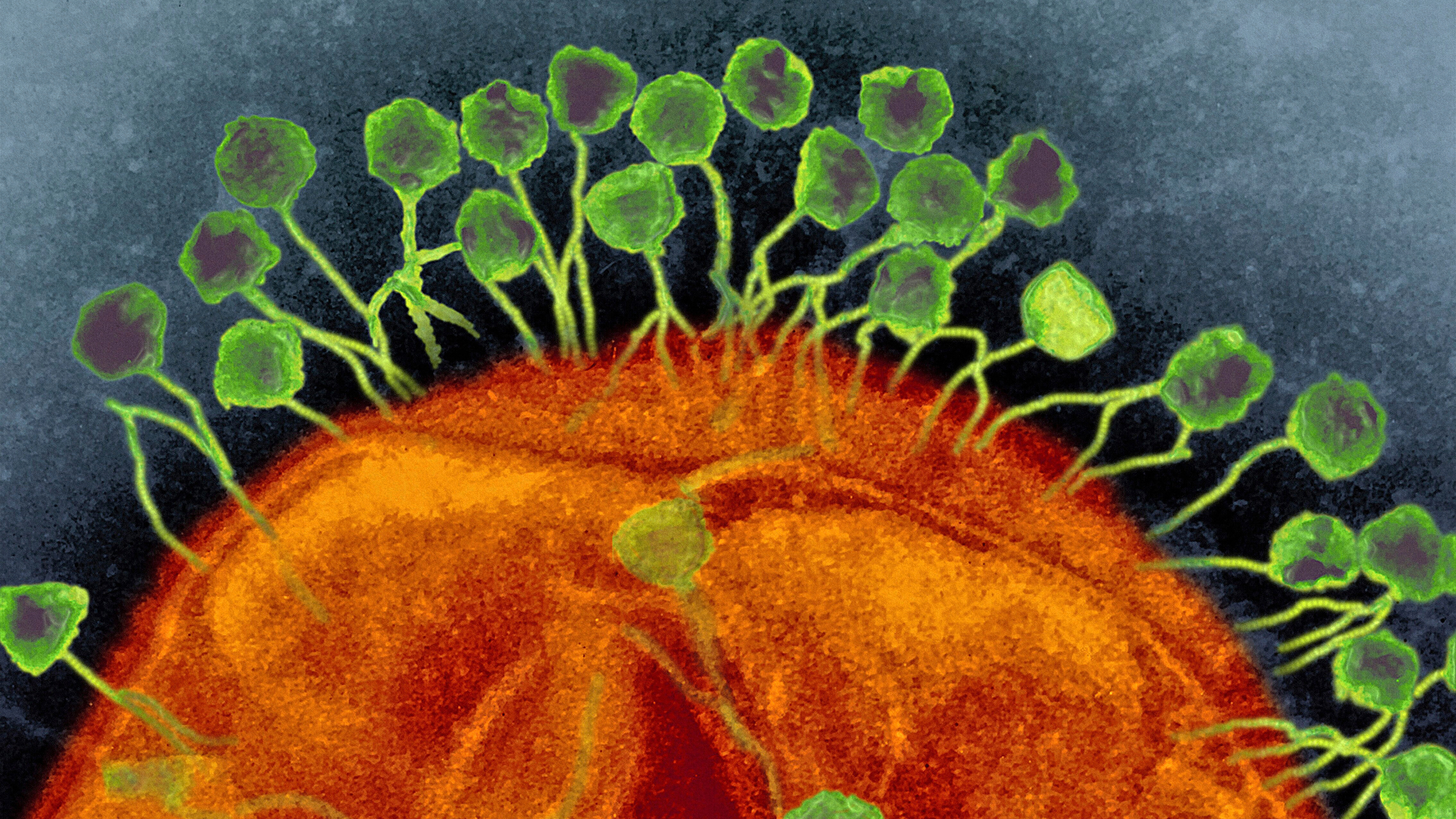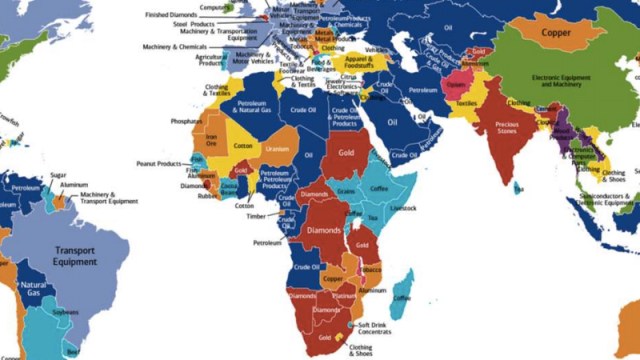Biologists Discover That Communities of Bacteria Timeshare Their Food

They’re supposed to be the simplest of creatures. Bacteria are prokaryotes: they’re single-celled organisms whose cells even lack a membrane-enclosed nucleus. And yet, biologists at UC San Diego recently discovered something truly startling: Bacterial communities cooperate when food sources are limited. “What’s interesting here is that you have these simple, single-celled bacteria that are tiny and seem to be lonely creatures, but in a community, they start to exhibit very dynamic and complex behaviors you would attribute to more sophisticated organisms or a social network,” said molecular biologist Gürol Süel of UC San Diego’s Division of Biological Sciences.
Essentially, these bacterial communities utilize a system strikingly similar to the one humans use for sharing holiday condominiums: Timesharing. When food is in limited supply, they take turns feeding so each community gets a change to get some nutirition.
Süel and his colleagues study structured communities of bacteria called “biofilms.” They’re basically everywhere, “from your teeth to soil to drain pipes,” according Süel.
In January 2017 determined Sël’s lab discovered that biofilms communicate with each other electrically. This new research looks at how they interact with each other.
When it comes to scarce food supply, the biofilms alternate to stay out of each others’ way and cut down on competition, apparently. Jordi Garcia-Ojalvo, professor of systems biology at the Universitat Pompeu Fabra in Barcelona, Spain, is co-author of the study. He says this is something new: “It is common for living systems to operate in unison, but here we’re showing that working out-of-sync can also provide a biological benefit.”
It’s pretty amazing, as Süel notes, “It’s interesting to think that these simple organisms two billion years ago developed the same timesharing strategy that we humans are now using for all kinds of purposes.”





